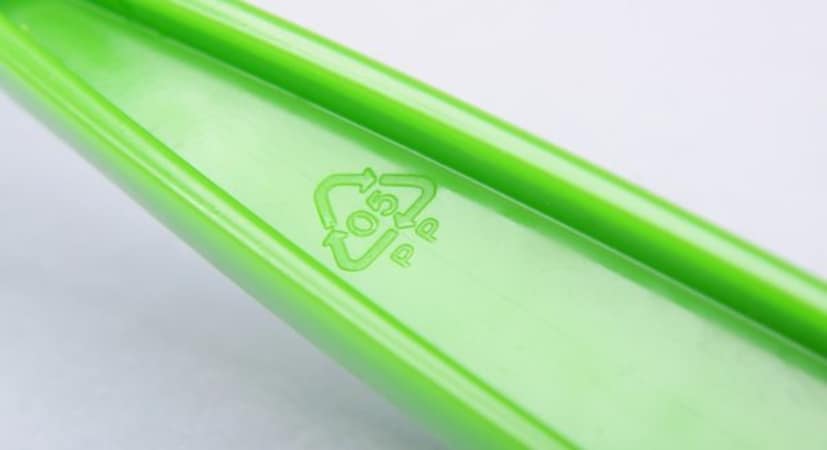Many people assume that the number on plastic packaging surrounded by the recycling logo means the product is recyclable. Unfortunately, this isn’t the case, and many plastics with the recycling logo aren’t recyclable. So, what’s the purpose of these numbers, and how do you know what to recycle?
Resin Codes
These numbers on plastic packaging are formally called resin identification codes and they are used to identify the type of chemicals used to make each specific container. The codes were developed by the plastics industry and were never intended to be a consumer communications tool.
These numbers can vary from 1-7 and are inside of chasing arrows – a Mobius loop – design. The number one identifies plastics made of polyethylene terephthalate (PETE of PET), the number two identifies high-density polyethylene (HDPE), and so on.
Bottles and Jugs Only
Different regions accept and recycle different kinds of plastics. What is recyclable in one place may not be recyclable in another, due to local manufacturing markets and the type of recycling equipment the county or service provider operates. This means that it is very important for you to know what is recyclable in your city or county!
If you live in Cuyahoga County, do not judge whether something is recyclable by looking at the resin number. Yes, this was once the general guideline, but things have changed in the past few years. Instead, ask yourself, “Is this a bottle or a jug?” If it’s not shaped like a bottle or a jug, it should not be placed in recycling in Cuyahoga County.
A good trick to determine whether something is a bottle or a jug is to check if it has a neck. Objects that don’t have a neck or an opening smaller than its body aren’t recyclable in Cuyahoga County. This includes yogurt containers, produce containers (clamshells for berries and lettuce), plastic egg cartons, and plastic bags.
It is important not to wishfully place all plastics in the recycling bin, as this can cause contamination. In fact, it is often better not to recycle at all rather than throw all plastics in the bin!
For more information about proper plastic recycling, visit the Cuyahoga County Solid Waste District website. Further information on where to recycle certain items can be searched at www.cuyahogarecycles.org.
About the Author
Hailey Mylett is an intern at the Solid Waste District for the summer of 2019. She is a senior at UCLA studying Environmental Science.
POSTED ON:
